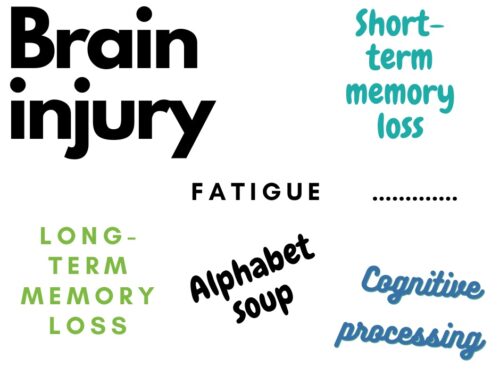
Over the past few months, with the advent of COVID-19, fear of infection and the unknown, health care systems have implemented blanket ‘no visitor’ policies. Depending on the location and organization, there are exceptions to the rule: End of life, laboring mothers and visits essential to patient well-being. This situation has created great emotional turmoil and potential patient safety concerns for families and caregivers wanting to be at the sides of their loved ones.
I’m a patient – the person on the other side of the ‘no visitor’ policy.
I’m a patient who has been in the ER three times in the past month as a result of pulmonary embolisms (blood clots in my lungs). The patient who kisses her husband goodbye at the doors of the ER with a silent fear that she might not see him or her son again that day, if she gets admitted.
I’m no stranger to the health care system. Over the past decade, I have been in hospital and out of too many times to count, including the ICU.
But, I have always known my husband would come walking through the door.
He was the first blurred vision I saw when waking up in the ICU after emergency brain surgery. He sat for hours by my side as I drifted in and out of consciousness.
My husband has been my caregiver in many ways over the past years as my body has been challenged and then regained its strength.
I consider myself to be a strong advocate for my body. But, there are times when I’m tired, forget things and need someone by my side. That is my current fear.
This is not me in a battle against the healthcare system. I have intense admiration, respect and gratitude for those who have cared for me and saved my life.
But patient equity is not always a given.
No visitors mean no husband. No familiar support system, no advocate for my direct needs, no smile or hug ‘just for me’, no reminder of things I may have forgotten about my care. I’m vulnerable.
As a patient, I ask that provincial health officers and health care authorities immediately start reassessing ‘blanket no visitor policies.’
How can we collaborate and work together with patient, family and caregiver input to create family presence policies that acknowledge family and caregivers as essential partners in care in the time of COVID-19? How can we return cherished company, advocacy and support for individuals, while ensuring safety and an environment with less fear for patients and health care team members?
COVID-19 is not leaving our reality soon. Now is the time to revisit these policies as partners in care.







Leave A Comment